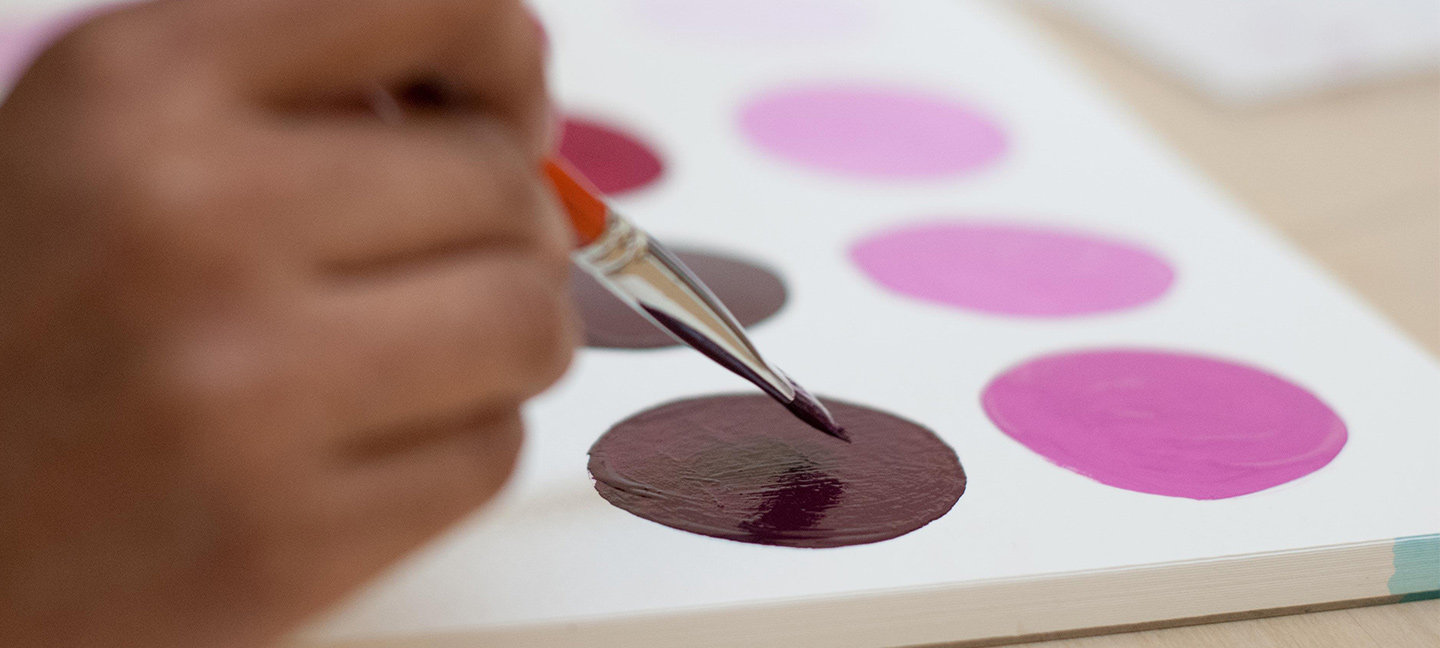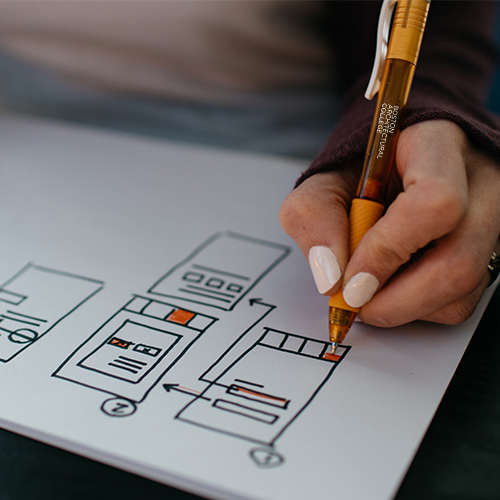
Principles of Interior Design Certificate
Principles of Interior Design Certificate
Interior designers apply knowledge of color, light, and materials in the creation of life settings that support our physical and emotional well-being. The Principles of Interior Design Certificate delivers these building blocks of design practice in a set of courses that guide the student to an understanding of the role these elements play in the creative process. Through hands-on exercises, students will explore the balance of aesthetic and functional requirements in interior spaces. For a deeper look into the field, online seminar course options support the research and analytical side of interior design. Students are encouraged to access the resources and methods used by design professionals in completion of their course work.
Eligibility
The Principles of Interior Design Certificate offers on campus courses and is open to anyone interested in interior design. Students can choose from a mix of onsite and online classes to complete the certificate.
With this certificate, you can gain the tools to work as an interior designer, applying knowledge of color, light, and materials in the creation of life settings that support our physical and emotional well-being.
Requirements and Courses
The Principles of Interior Design Certificate program requires the completion of three courses for a total of 9 credits. Students take the same courses as students in the Interior Architecture degree programs.
Courses are offered in the fall, spring and summer semesters. See what Continuing Education Courses are coming up soon.
Courses | 9 Credits:
Color Theory for Interiors introduces the student to principles, theories and systems for the application of color in the built environment. This course is concerned with understanding the interaction of color with materials, texture, light, and form. It includes an exploration of the physical and perceptual nature of color and the physiological, psychological and emotional impact of color. Color will be considered as an essential element of the design process, and as an effective communication tool in design ideation and presentations. Two and three dimensional exercises and projects will demonstrate the various aspects of color theory and application.
In this introductory course students develop an understanding of basic construction materials and assemblies, including foundations, walls, roofs, doors and windows, water protection, and finishes. Selecting and detailing interior finish materials, including flooring, wallcoverings, ceilings and textiles will be explored. The objective is to enable a student to design more effectively through the understanding of material technology and the process of construction of interior space.
Interiors Lighting presents the principles and methods of designing for natural and artificial lighting as an integral component of the built environment. In its interaction with color, materials, textures, space and form, light plays an essential role in shaping experience. Topics covered include: perception, the design process, light sources, fixture selection, color, documentation, codes, calculations, controls, and day lighting.
Interiors Studio 1 is the first project-based studio designing environments for the experience of the inhabitants of interior space. Course participants will frame a series of interiors problems in the process language of definition, goals, objectives and performance criteria, enabling the application of creative methods for problem solving. Examples of problem-framing and process tools from practice will be introduced. The elements and principles of design will be explored in terms of the materials, volumes and systems specific to interior space.
*INT1001 Interiors Studio is open to students in the Principles of Interior Design Certificate. Interested students should email ce@the-bac.edu.
This seminar course uses readings and projects to explore the emergence of interior design as a distinct form of professional practice. Starting from the gradual separation of interior and furniture design from architectural practice in the mid-nineteenth century, students will research the evolution of the discipline in relation to social and technological concerns such as sustainability, globalization, and the profession’s emphasis on human factors. Theories and projects that have defined the scope and methods of interior design, particularly since the early 20th century, will be examined in context.
How to Enroll in a Certificate Program
To enroll in a BAC Certificate Program, submit the following application materials to Continuing Education and then register for courses during an open registration period:
- Certificate Application Form (pdf)
- $50 non-refundable application fee
Please Note: An undergraduate degree is recommended for the Sustainable Design Certificate, the Real Estate Development Certificate, and the Historic Preservation Certificate. Courses in these certificate programs are taught at the graduate level.
Certificate students must begin academic coursework in the program within two academic semesters of submitting the application materials.
The BAC gave me the knowledge and skills I was looking to gain to enter the world of Interior Design. From learning about color to lighting to materials and finishes, every course made me look at and appreciate design in a whole new way that wouldn't be possible if I had not taken these topics. It has truly been an immersive and joyful experience and I am so glad I took this leap in my career. I would 100% recommend this program to anyone who was looking to continue their education or was curious about Interior Design.
Sophie Chase, Principles of Interior Design Certificate Graduate

617.585.0105
